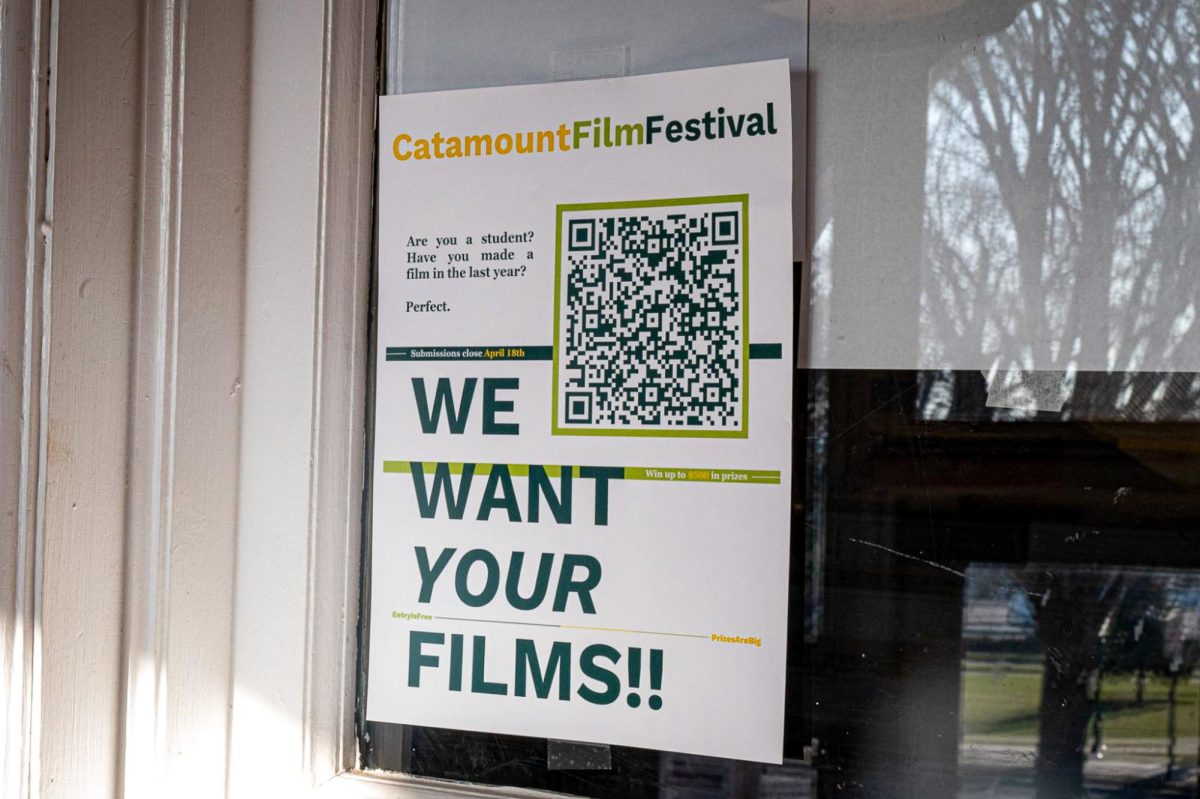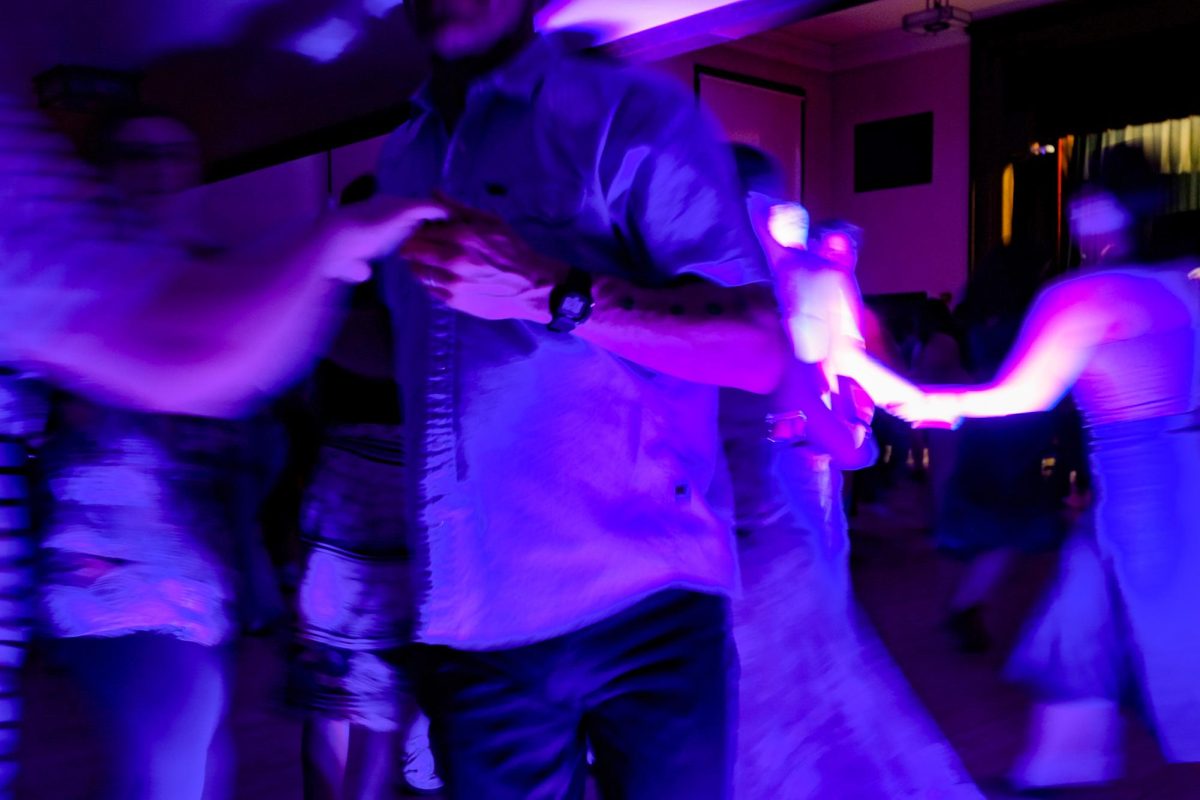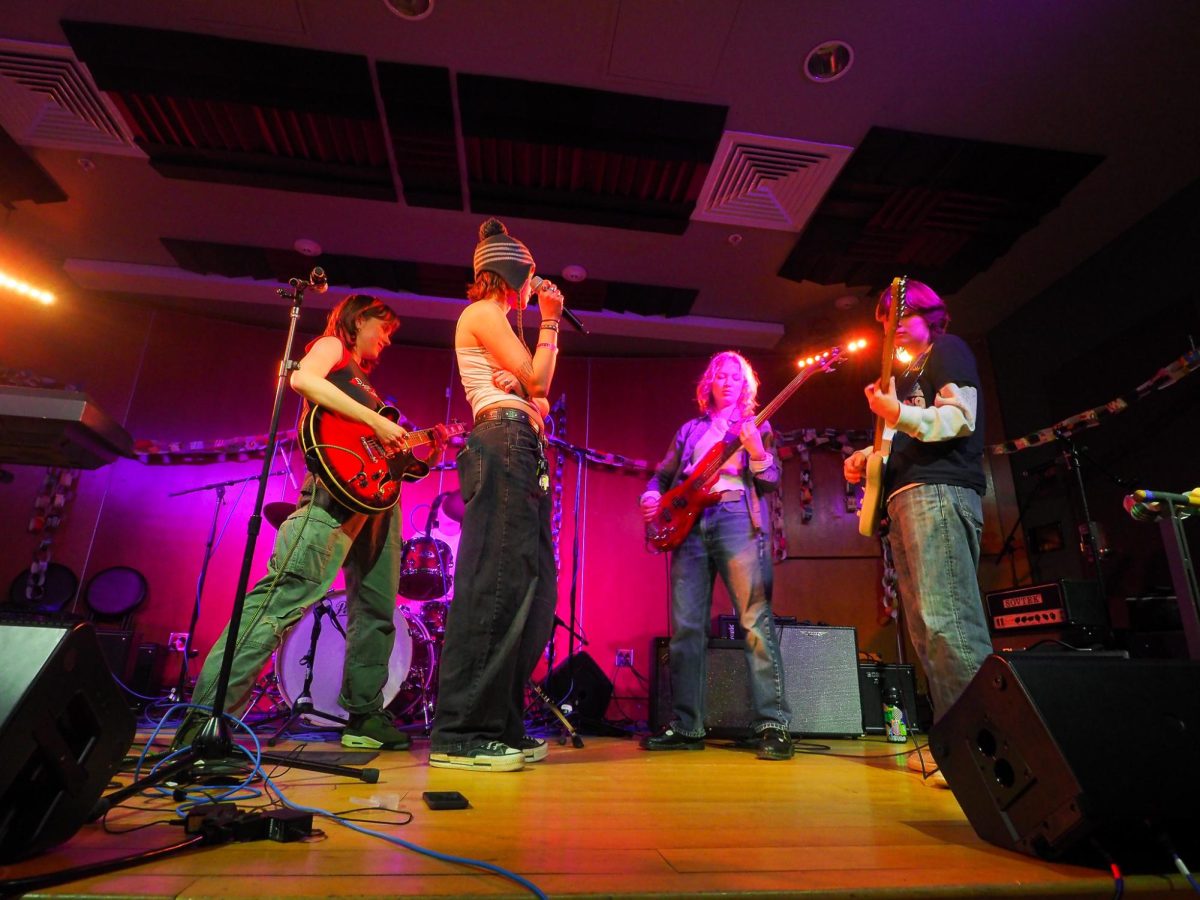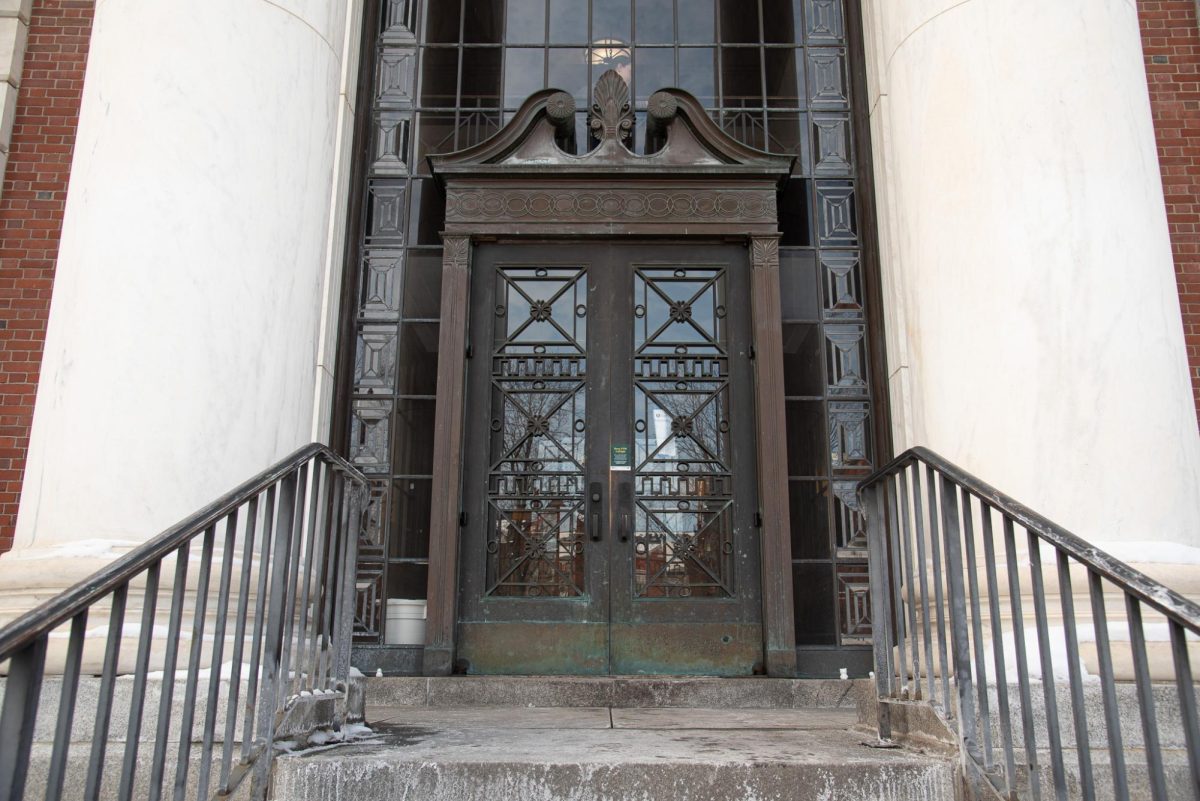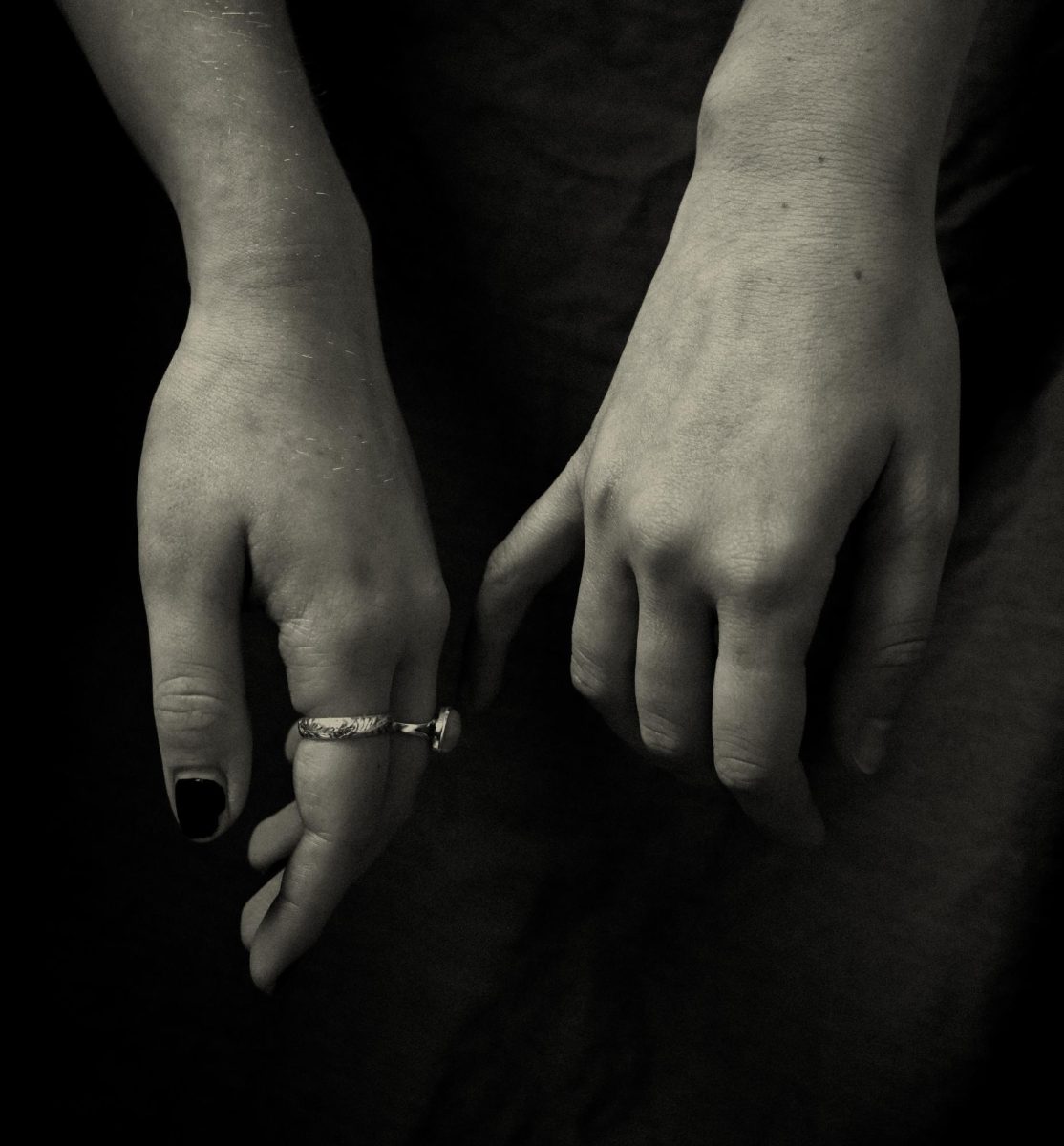With school shootings making headlines nationwide, a student from Middlebury College missing and a homicide at UVM last year, it is safe to say that campus safety is a relevant issue.
But what do students, administration and statistics say about these security issues?
Some students, like junior Tom Leblanc believe that UVM is a really safe place to go to school and list “ice on stairs” at the forefront of student safety concerns.
In contrast, chief of staff & executive assistant to the president, Gary L. Derr said that one of his major concerns is that students think they are safer than they are because they go to school in Burlington.
UVM sophomore Ali Trainor agrees with Derr. “I think we assume that since we’re in Burlington we can trust everyone around us,” she said.
Annie Stevens, assistant vice president for student and campus life, said that one of the biggest safety threats to students are students themselves. “Between stalking and relationships gone bad, most threats are usually well known,” she said.
According to UVM police reports on the Police Services Web site, the most frequent threats are sexual assault and aggravated assault, both averaging from one to three cases per year.
Because the campus has no definite borders and is constantly changing with construction, Derr said that UVM takes the “casual approach to building safety.”
But UVM’s Think Care Act Web site (www.uvm.edu/~safeuvm) lists all the precautions that the University takes and makes it clear that a casual approach entails many security measures. “All the residential dorms are locked 24 hours a day,” Stevens said.
But some students, such as Trainor, would disagree. “I think living in the dorms is actually way more dangerous than people realize,” she said. “For one, they try to get kids to stop `tailgating’ and letting people walk in with them. Realistically what kid is going to tell another, `no, they can’t come in?'”
Though neither Derr nor Stevens consider large-scale catastrophes at the top of the list of safety threats at UVM –such as an active shooter or bombs on campus– Derr said that “the system has processes in place to assemble people to assess an emergency and to create and implement necessary protocol.”
UVM has five levels of emergency response , ranging from pipes bursting in a building to earthquakes and terrorism, according to UVM’s Emergency Management (www.uvm.edu/~emergncy).
There are two groups who address an emergency when it reaches level three.
The first is the Emergency Operations Group who address immediate emergencies. The second is the Policy Group, which evaluates the policies involved with the emergency.
But outside of these groups there are systems in place constantly working to keep the UVM community safe.
Blue light systems were installed seven years ago, but according to Chief of Police Gary Margolis, the system has only been used once for an emergency.
Derr believes that this is due to the fact that the system alone works as deterrent.
The most recent system to be implemented in an effort to keep students safe is the CatAlert Emergency Notification, which is still in its testing phase, Derr said.
He said once students sign up online, at the Emergency management Web site, the system uses cell phones and emails to notify students in the event of an emergency on campus almost instantaneously.
The first test took place last Friday but less than 25 percent of the student body had signed up for the system, Annie Stevens said. “The resources are there but we need to use them for them to be effective,” she said.
In light of the recent disappearance of 19-year-old Middlebury student Nicholas Garza, Channel 3 News reported the college’s dean of students, Tim Spears, commenting on the situation. Spears said that the delayed announcement of Garza’s disappearance was partially due to the fact that he is a male.
“I think if it was the case of a woman going missing, I think the exchange may have been different,” Spears said.
Gary Derr insisted that if a UVM student went missing the student’s gender would make no difference in how quickly the news was reported.
However, Stevens said that “heightened awareness because of known existence of violence against women might make the gender issue come into play.”
The future of student safety at UVM continues to be at the forefront of campus issues. Debates over security cameras and UVM identification card access to every building are among some of the measures that campus officials are considering in discussions regarding future safety precautions.
“Security cameras send a tough message,” Derr said.
For students seeking a more concrete feeling of security, the University has published plenty of suggestions of ways students can make themselves less vulnerable on their Think Care Act Web site.






